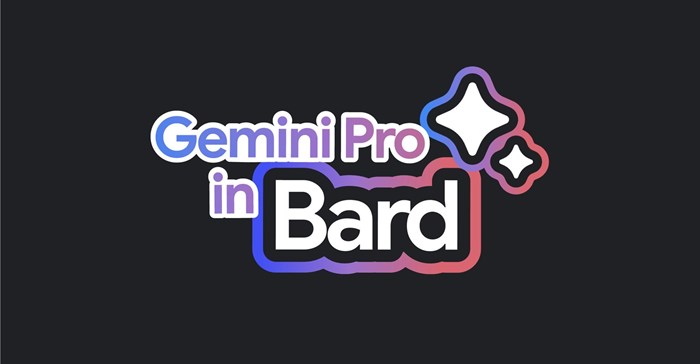Google brings advanced AI model Gemini to Bard in South Africa

The chatbot also now boasts a ‘double-check’ feature, enabling users to cross-verify Bard’s responses with web-based information by clicking the “G” icon in Bard.
The big news, however, is the ability to generate images from text descriptions using the Imagen 2 model, a feature available at no cost in English in most countries.
To ensure authenticity, Bard uses SynthID to watermark the generated images and refrains from generating images of named individuals, lest it incur the wrath of the US lawmakers who are now clamping down on Taylor Swift AI images.
Google was careful to bring these features in line with its AI Principles, stating that image generation was designed with responsibility in mind.
Watermarked images
Bard uses SynthID to embed digitally identifiable watermarks into the pixels of generated images, ensuring a clear distinction between visuals created with Bard and original human artwork.

The search giant has also invested heavily in technical guardrails and safety of training data to limit violent, offensive, or sexually explicit content.
There is an ongoing commitment to improving the safety and privacy protections of the AI models used by Bard
The new update improves its language features to the point where Google can offer it alongside Search with generative AI – which was most likely used as its training model.

Related
Q1 market turmoil: Tech giants hit hard by Trump’s deregulatory plans 31 Mar 2025 The rise of AI in advertising 31 Mar 2025 22 On Sloane and Microsoft launch Women in Tech Entrepreneurship Programme 18 Mar 2025 Our DevOps and SecurityOps approach on Azure 17 Mar 2025 The integration challenge facing 95% of IT leaders with AI agents – and how to overcome it 11 Mar 2025 IAS Media Marketing Compliance Masterclass Series: Tackling non-disclosed media models head-on 11 Mar 2025































